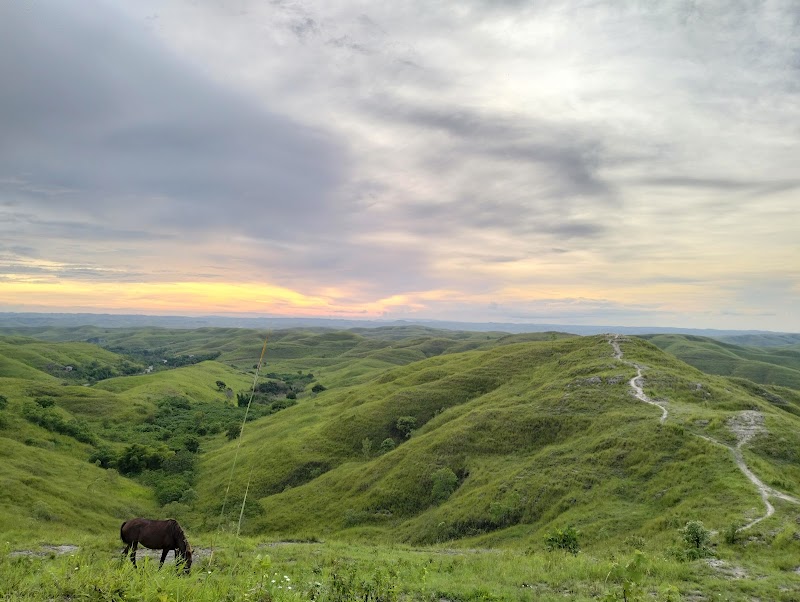
Lamboya Mangrove Forest Reserve Adventures
Lamboya Mangrove Forest Reserve is a vital coastal ecosystem on Sumba Island, offering visitors an opportunity to experience rich biodiversity, unique mangrove habitats, and traditional local livelihoods.
About Lamboya Mangrove Forest Reserve

Lamboya Mangrove Forest Reserve is located on the southwestern coast of Sumba Island in West Nusa Tenggara, Indonesia. The reserve protects an extensive mangrove ecosystem, which plays a crucial role in coastal protection, carbon sequestration, and supporting a diverse array of wildlife. This forest spans various species of mangrove trees, providing breeding grounds and nursery habitats for numerous fish, crustaceans, and bird species, including migratory and endemic birds. The forest also supports local communities engaged in sustainable fishing and traditional harvesting of mangrove resources.
Geographically, the mangrove forest is situated along tidal estuaries and coastal waters, where freshwater meets the sea. The area is characterized by tidal mudflats, salt marshes, and dense mangrove stands. The health of this reserve is essential for preventing coastal erosion and maintaining water quality. Visitors often explore the reserve via guided boat tours or walking trails constructed through boardwalks, allowing close observation of flora and fauna without disrupting the delicate ecosystem.
Historically, Lamboya Mangrove Forest Reserve has been recognized for its ecological importance and the role it plays in supporting local fisheries and livelihoods. Efforts are underway to protect the area from threats such as illegal logging, pollution, and conversion to aquaculture. Sustainable tourism focused on birdwatching, photography, and educational eco-tours has been encouraged to raise awareness while supporting the local economy.
Visitors to Lamboya Mangrove Forest Reserve can enjoy tranquil wildlife viewing, particularly early morning or late afternoon when activity peaks. The reserve offers a peaceful setting away from the more frequented tourist sites, making it an appealing destination for nature enthusiasts interested in mangrove ecology and coastal biodiversity.
Highlights
Extensive mangrove stands with various native species including Rhizophora and Avicennia
Diverse birdlife including migratory species such as kingfishers and egrets
Traditional fishing villages showcasing sustainable use of coastal resources
Scenic boat tours through tidal channels and mangrove waterways
Notable Natural Features
Tidal Mangrove Channels
Natural waterways winding through dense mangrove forests that support aquatic life and offer excellent opportunities for guided boat tours.
Bird Habitat Zones
Designated areas within the reserve known for high concentrations of migratory and native bird species, ideal for ornithologists and birdwatchers.
Local Fishing Villages
Small traditional communities situated along the reserve's edge practicing sustainable fishing and providing cultural insight into mangrove resource use.
